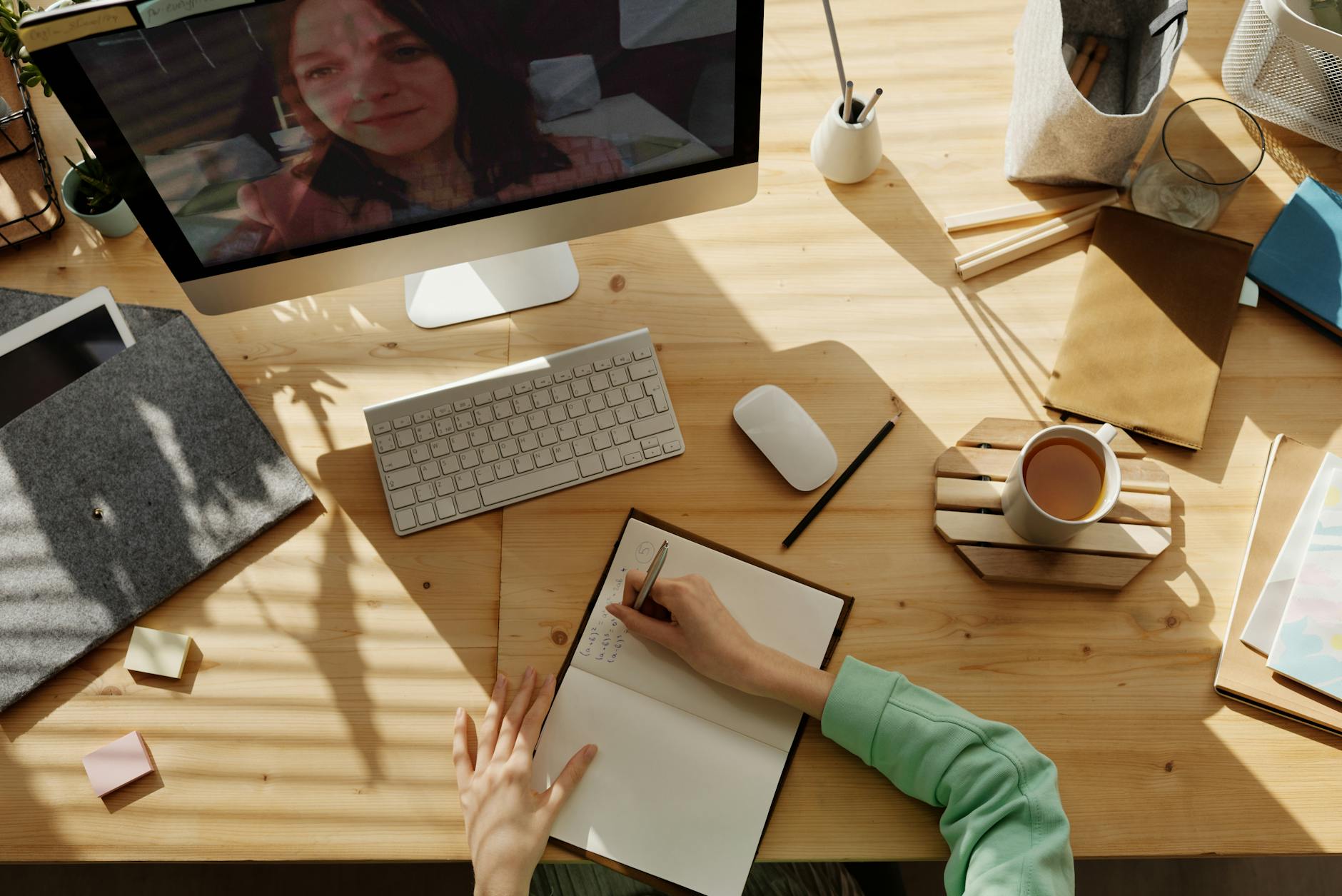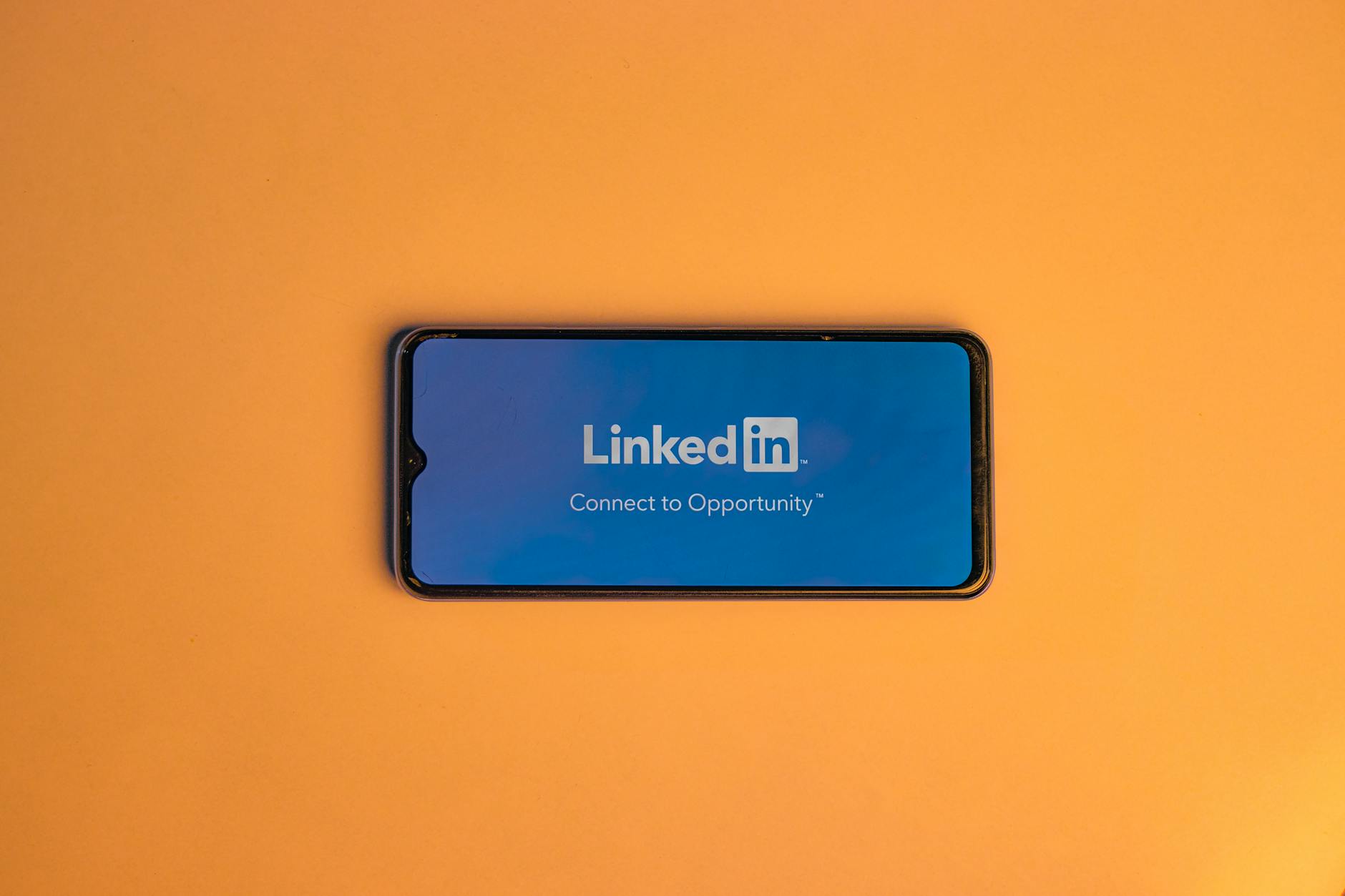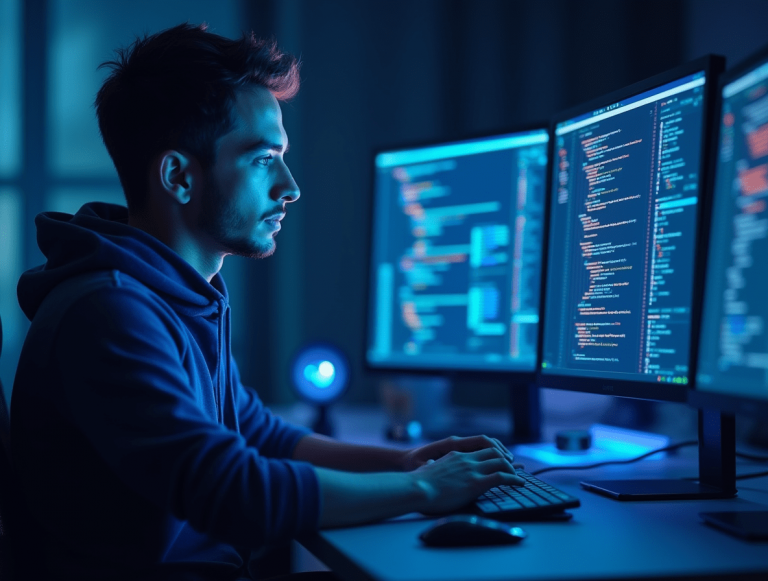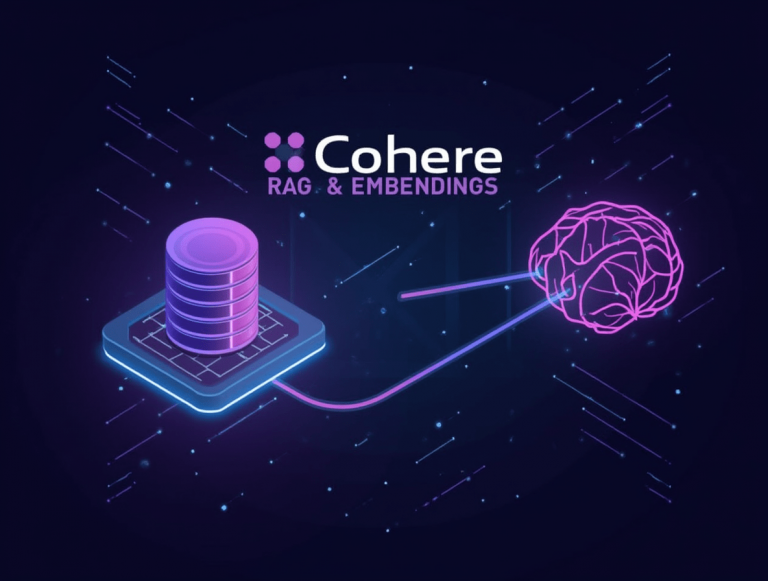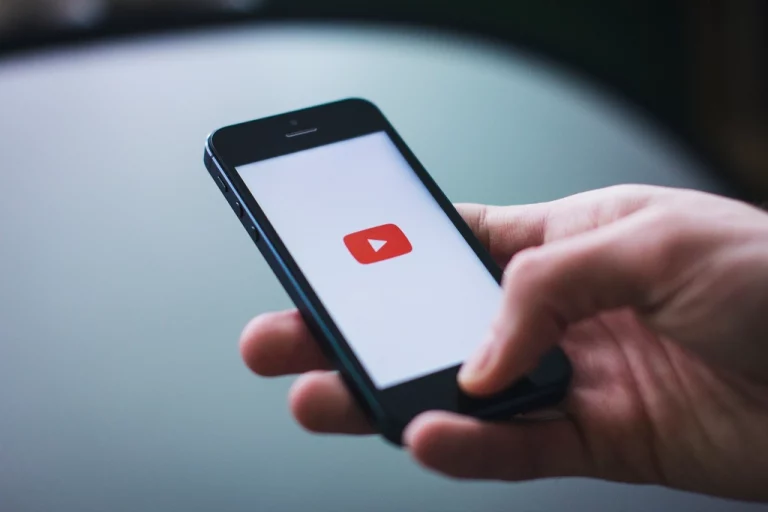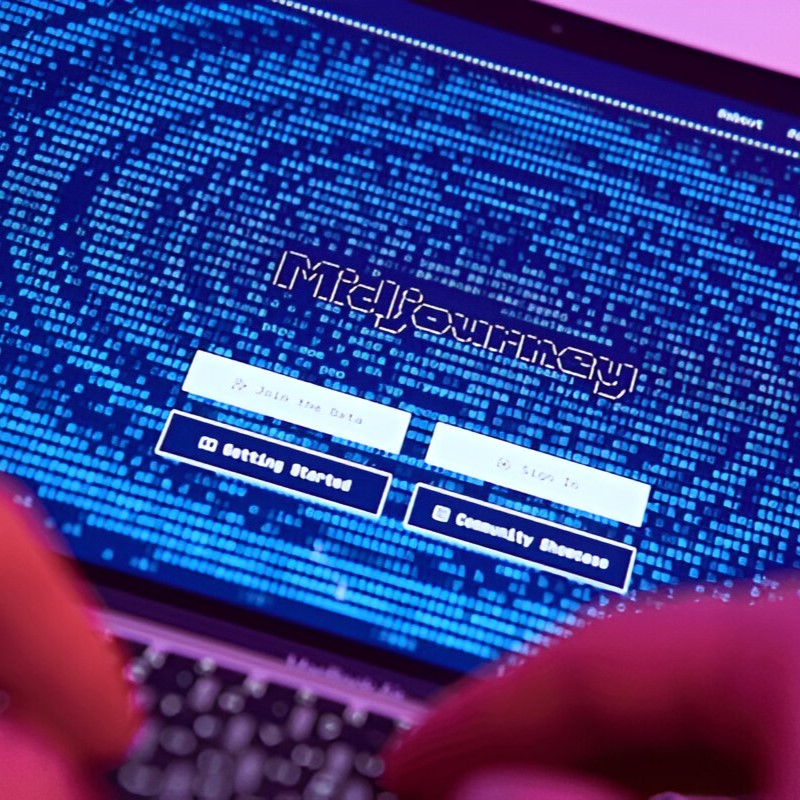
Midjourney is one of the most powerful AI tools for creating photorealistic AI-generated images. While it specializes in artistic styles, advanced prompt engineering can produce lifelike portraits, landscapes, and product shots. In this guide, we’ll explore techniques for achieving high-quality photorealism using Midjourney, including prompt structures, lighting control, and post-processing tips.
1. What Makes an AI Image Photorealistic?
Photorealistic AI art closely resembles real-world photography, focusing on:
- Detailed textures (skin pores, fabric fibers, reflections).
- Accurate lighting (shadows, highlights, depth).
- Sharp focus and depth of field (bokeh effects for realism).
- Proper anatomy and proportions (human figures, facial features).
2. Best Prompt Structure for Photorealistic AI Art
To generate highly detailed images, structure your Midjourney prompts with:
✅ Subject: Clearly define what you want (e.g., “a woman with green eyes and curly brown hair”).
✅ Camera & Lens Details: Use photography terms like “DSLR, 85mm lens, f/1.8 aperture.”
✅ Lighting & Depth: Specify lighting (e.g., “soft natural light”) and focus (e.g., “sharp foreground, blurred background”).
✅ Resolution & Detail Level: Include terms like “8K resolution, ultra-detailed, hyperrealistic textures.”
Example Prompts:
- “A hyper-realistic portrait of a young woman with freckles, green eyes, soft golden hour lighting, DSLR, 85mm lens, f/1.8, ultra-detailed skin textures.”
- “A high-resolution macro shot of a butterfly resting on a dewdrop-covered leaf, soft-focus background, extreme detail, 8K.”
- “A photorealistic New York City street at night, neon lights reflecting on wet pavement, cinematic lighting, shot on a Sony A7R IV.”
3. Controlling Lighting for Realistic AI Images
Lighting is crucial for realism. Use photography-inspired lighting techniques in your prompts:
3.1 Soft Natural Lighting
✅ “Golden hour sunlight, soft shadows, warm glow.”
✅ “A bright yet diffused natural light source, studio-style lighting.”
3.2 Dramatic & High-Contrast Lighting
✅ “Cinematic moody lighting, deep shadows, film noir style.”
✅ “Chiaroscuro lighting, high contrast between light and dark areas.”
3.3 Artificial & Neon Lighting
✅ “Cyberpunk aesthetic, neon lights casting reflections, futuristic cityscape.”
✅ “Nighttime portrait with warm LED lighting, street photography.”
4. Using Camera Settings for Enhanced Realism
Midjourney understands photography-related terms, which can help create lifelike images.
4.1 Lens & Camera Type
- Portraits: “DSLR, 85mm lens, f/1.8” for a natural blurred background.
- Landscapes: “Wide-angle lens, 16mm, f/11” for capturing depth.
- Macro Photography: “Macro lens, 100mm, f/2.8” for extreme close-up detail.
4.2 Depth of Field & Focus
- Sharp foreground, blurred background (for professional portrait effects).
- Deep focus for landscapes (ensuring all elements are sharp).
- Macro lens effect (for extreme close-up texture details).
Example Prompt with Camera Details:
✅ “A high-resolution portrait of an elderly man with deep wrinkles, Sony A7R IV, 85mm f/1.4 lens, ultra-detailed skin, soft studio lighting.”
5. Improving Composition & Framing in AI Art
Composition plays a big role in creating realistic and visually engaging images.
5.1 Best Composition Styles for Realism
- Rule of Thirds: Position the subject slightly off-center for natural framing.
- Symmetry & Leading Lines: Creates balance and directs the viewer’s eye.
- Over-the-Shoulder & POV Shots: Enhances immersion and realism.
Example Prompts for Better Composition:
✅ “A photo of a musician playing a guitar on a street, shot from a low angle, warm sunset lighting, 35mm lens, shallow depth of field.”
✅ “A barista making coffee, captured from an over-the-shoulder perspective, warm café lighting, cinematic framing.”
6. Post-Processing & Enhancing AI Art
AI-generated images can be further refined using editing tools:
🔹 Adobe Photoshop – Adjust colors, contrast, and sharpness.
🔹 Topaz Gigapixel AI – Upscale AI-generated images to higher resolutions.
🔹 Lightroom – Apply realistic color grading and exposure adjustments.
7. Advanced Midjourney Commands for Photorealism
Midjourney offers commands that help refine AI-generated images:
- Aspect Ratio:
--ar 16:9(for cinematic wide shots) or--ar 1:1(for Instagram-style images). - Quality & Resolution:
--q 2(higher detail) and--v 5(latest AI model version). - Seed Control:
--seed 12345(to maintain consistency in multiple generations).
Example Advanced Prompt with Midjourney Commands:
✅ “A realistic 4K image of an astronaut on Mars, cinematic lighting, Nikon Z9, 50mm f/1.8, –ar 16:9 –q 2 –v 5”
Conclusion
Creating photorealistic AI art with Midjourney requires carefully structured prompts, proper lighting, and photography-based details. By leveraging advanced prompt engineering, camera settings, and post-processing tools, you can generate stunning, ultra-realistic AI images for professional and creative use.
For more AI art tips, visit Midjourney’s Official Website and join AI art communities like AIArtists.org.





